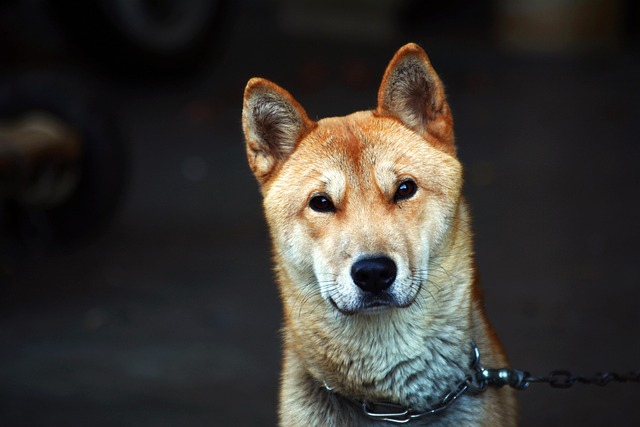
How do i train my dog to be obedient?
Watching your dog dart across the park ignoring your calls isn’t just frustrating—it can put them at risk near busy streets or public spaces.
Bringing home a new puppy is a joy—but toilet training can feel daunting. Let's break down the best age to start and how to make it smooth for both of you.
Most puppies join their new families around 8 weeks old. At this stage, their bladder control is still developing—they’ll need to go every 30–60 minutes, especially after eating, sleeping, or playing. Mentally, they’re eager to learn but easily overwhelmed, so gentle guidance is key.
Experts recommend starting training between 8–16 weeks. This is when puppies begin understanding routines without already formed bad habits. The first few days are about settling in: create a safe space with a bed, bowls, and a designated potty area (indoor pads or a yard spot if vaccinated).
Vaccination schedules matter for outdoor training. Puppies aren’t fully protected until ~16 weeks, so avoid public areas before then. Use indoor pads or a private yard section temporarily—always check with your vet for local guidelines.
Watch for potty signals: sniffing, circling, or stopping play. When you see these, quickly guide them to their spot using a calm, consistent command like “go potty.” Celebrate successes with treats and praise—positive reinforcement builds confidence fast.
 Consistency is crucial. Take them out first thing in the morning, after meals/naps, and before bed—even if they seem uninterested. Accidents happen; clean them quietly with an enzymatic cleaner to avoid repeat spots. Harsh scolding can stall progress.
Consistency is crucial. Take them out first thing in the morning, after meals/naps, and before bed—even if they seem uninterested. Accidents happen; clean them quietly with an enzymatic cleaner to avoid repeat spots. Harsh scolding can stall progress.
Once fully vaccinated, transition to outdoor training. Pick a regular yard spot (dogs often prefer consistency) and always clean up with bags—local laws often require this, and it’s a courtesy to your community.
Breed and size matter too: small breeds may need more frequent breaks, while larger pups can hold it longer as they grow. But all benefit from patience and routine. Some puppies learn quickly; others need time—both are normal.
Avoid common mistakes like expecting too much too soon or mixing potty areas without clear transitions. Supervise when they’re not crated to catch signals early.
Toilet training is a bonding opportunity. Start at 8–16 weeks, stay consistent, and celebrate every win. With time, those early accidents will fade, and you’ll have a happy, well-trained companion by your side.

Watching your dog dart across the park ignoring your calls isn’t just frustrating—it can put them at risk near busy streets or public spaces.

New puppy owners often find themselves rushing to clean up accidents before they set in, and that’s where puppy pad training becomes a game-changer.

If you've noticed your dog's waistline disappearing and your veterinarian has mentioned those few extra pounds, your first instinct might be to simply reduce the amount of food in their bowl.

Training a dog to use a designated spot indoors isn’t as daunting as many new owners fear, but it does take consistency and an understanding of your pet’s needs.

That moment of dread on a walk is all too familiar for many new dog owners. You see another dog approaching down the sidewalk of your neighborhood

If the sight of another dog on your neighborhood walk makes your heart sink as your own dog erupts into a frenzy of barking and lunging, you're not alone.